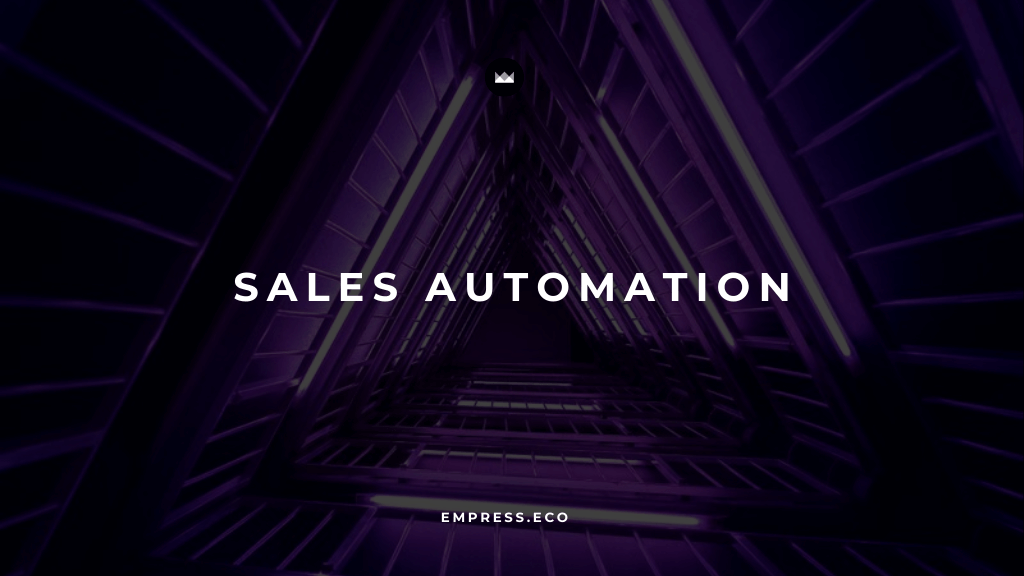
Boost Lead Management Efficiency with Automated Workflows from IRIS
Streamlining Processes to Optimize Resource Allocation
Table of Contents
In the competitive world of modern business, efficiency is key to maintaining a competitive edge. Automated workflows have emerged as a powerful tool to boost efficiency in lead management, allowing businesses to streamline processes and optimize resource allocation. This blog explores the benefits of automated workflows and provides strategies for implementing them effectively in lead management.
Understanding Automated Workflows
Automated workflows involve the use of technology to automate repetitive and time-consuming tasks in lead management. This includes tasks such as lead scoring, data entry, follow-up emails, and task assignments. By automating these processes, businesses can ensure consistency, reduce human error, and free up valuable time for their sales and marketing teams to focus on more strategic activities.
Benefits of Automated Workflows in Lead Management
Increased Efficiency
Automated workflows significantly reduce the time and effort required to manage leads. By automating routine tasks, businesses can process leads faster and more efficiently, ensuring that no lead falls through the cracks.
- Reduction of Administrative Tasks: Automating administrative tasks such as data entry and scheduling frees up valuable time for your sales and marketing teams, allowing them to focus on more critical activities like relationship building and strategy development.
Improved Lead Nurturing
Automated workflows enable businesses to nurture leads more effectively by delivering timely and relevant content based on the lead's behavior and stage in the buyer's journey. This personalized approach increases the likelihood of conversion.
- Timely Interactions: Automated systems can trigger personalized follow-ups and content delivery based on a lead’s interactions with your business, ensuring that potential customers receive the right message at the right time.
Enhanced Data Accuracy
Automation reduces the risk of human error in data entry and management. Accurate data is crucial for effective lead management and decision-making.
- Consistency in Data Management: Automated workflows ensure that data is entered consistently and accurately, reducing discrepancies and improving the reliability of your lead data.
Consistent Follow-Up
Automated workflows ensure that follow-up communications are timely and consistent. This helps maintain engagement with leads and moves them through the sales funnel more smoothly.
- Standardized Processes: By setting up automated follow-ups, businesses can ensure that each lead receives the same level of attention and communication, enhancing the overall customer experience.
Optimized Resource Allocation
By automating routine tasks, businesses can allocate their resources more effectively. Sales and marketing teams can focus on high-value activities such as strategy development, relationship building, and closing deals.
- Strategic Resource Use: Automating low-value tasks allows teams to dedicate more time to strategic initiatives, increasing overall productivity and effectiveness.
Key Strategies for Implementing Automated Workflows
Identifying Repetitive Tasks
The first step in implementing automated workflows is to identify repetitive tasks that can be automated. This includes tasks such as lead scoring, email follow-ups, data entry, and task assignments.
- Workflow Audit: Conduct a thorough audit of your current lead management processes to pinpoint areas where automation can have the most significant impact.
Choosing the Right Automation Tools
Select automation tools that align with your business needs and integrate seamlessly with your existing systems. Popular tools include CRM platforms like Salesforce, HubSpot, and Marketo, which offer robust automation capabilities.
- Tool Selection: Evaluate tools based on their features, ease of use, integration capabilities, and cost. Ensure that the chosen tools can scale with your business needs.
Designing Effective Workflows
Design workflows that are tailored to your lead management process. Map out each step of the lead journey and identify where automation can be applied to streamline processes and improve efficiency.
- Workflow Mapping: Use visual aids like flowcharts to design and optimize workflows, ensuring clarity and ease of implementation.
Personalizing Automated Communications
While automation is about efficiency, personalization remains key to effective lead nurturing. Use data and insights to personalize automated communications, ensuring that they are relevant and engaging for each lead.
- Segmented Messaging: Leverage data segmentation to tailor messages to different audience segments, enhancing the relevance and impact of your communications.
Monitoring and Optimizing Workflows
Regularly monitor the performance of your automated workflows and make adjustments as needed. Use analytics to track key metrics such as lead response times, conversion rates, and engagement levels. Continuous optimization ensures that your workflows remain effective and aligned with your business goals.
- Performance Metrics: Establish KPIs to measure the success of your workflows and use these insights to make data-driven improvements.
Overcoming Challenges in Automated Workflows
Data Quality and Integration
Ensuring high-quality data and seamless integration between systems is crucial for effective automation. Invest in data cleansing and enrichment processes to maintain accurate and up-to-date information.
- Data Governance: Implement strong data governance policies to ensure data accuracy and consistency across all systems.
Balancing Automation and Personal Touch
While automation enhances efficiency, maintaining a personal touch in lead interactions is essential. Balance automated communications with personalized, human interactions to build trust and relationships with leads.
- Hybrid Approach: Use automation for routine tasks and data management while reserving personalized interactions for high-value touchpoints.
Training and Adoption
Ensure that your team is well-trained on the automation tools and workflows. Encourage adoption by demonstrating the benefits of automation and providing ongoing support and training.
- User Training: Develop comprehensive training programs to help your team understand and effectively use automation tools.
Case Studies: Success Stories of Automated Workflows
IBM’s Lead Scoring Automation
IBM implemented automated lead scoring to prioritize high-potential leads based on their behavior and engagement. This resulted in a 30% increase in lead conversion rates and improved sales efficiency.
Airbnb’s Email Automation
Airbnb uses automated email workflows to engage with potential hosts and guests. By delivering personalized and timely emails, Airbnb has significantly improved lead nurturing and conversion rates.
Conclusion
Automated workflows are a game-changer in lead management, offering businesses the tools to streamline processes, enhance efficiency, and optimize resource allocation. By identifying repetitive tasks, choosing the right automation tools, designing effective workflows, and maintaining a balance between automation and personalization, businesses can significantly improve their lead management efforts.
As the business landscape continues to evolve, embracing automated workflows will be crucial for businesses aiming to maintain a competitive edge and achieve sustained growth. By leveraging automation, businesses can ensure that their lead management processes are efficient, effective, and aligned with their overall goals.
Empress Newsletter
Join the newsletter to receive the latest updates in your inbox.







